You have seen the evolution of the Indian auto industry. Tell us how it all began?
The story starts in 1947, when I was asked to appear in Delhi for a meeting with the Defence Minister. There were a few of us in that meeting and he took us into confidence and said that we were having immense problems getting spare parts for our tanks. The British and others were all playing games and that we could not continue importing parts, so we had to do something about it.
He said that the government had taken some tough decisions and had decided to develop its own automotive industry for our needs. Then he asked us, “What do you gentlemen think?” I said, “We don’t know a damn thing about the auto industry”! I asked the chap sitting next to me, Colonel Menon, who became one of the policymakers, “Do you know anything about the industry?” And he too said, “Not a thing!” So that’s how it all started.
There were few automotive companies at that time.
At that time, among the Indian companies, there was Premier Automobiles Ltd (PAL), Hindustan Motors (HM) and ourselves (M&M). However, we had hardly got into anything. Ford and GM were assemblers and after the
Indian government’s decision to get into full-fledged manufacturing, they walked out. They said that they didn’t believe India should get into vehicle manufacturing and should only manufacture spare parts. But that was not the government’s intent. Anyway, that started the whole cycle and the process of collaborations began.
You were expected to manufacture everything in-house to be self-reliant. What was that like?
Totally uneconomical! The government pushed us into manufacturing everything for tiny volumes. Just imagine, for 2,000 Jeeps a year! We had to make the engines, transmissions, axles, stampings, the body, every damn thing. There was no supplier industry in those days, we had to do everything in-house. Did it make sense? No. But, there was a national need that I think we all recognised.
So was your decision to make Jeeps also borne out of a national need at the time?
It actually happened when my father Kailash Chandra Mahindra, who was based in Washington during the War, met Barney Roos, the inventor of the Jeep. Barney asked my father to take the agency for the Jeep (made by Willys at the time). My father was apprehensive and said he didn’t know anything about this vehicle. Barney, however, convinced my father that this was the ideal vehicle for developing countries, especially for rural areas, and that’s how it all started.
We have letters from the government saying you have exceeded your capacity. My reply was "Prosecute us!"
Could you have gone into cars at that point?
Of course, we could have. But please remember, the government considered cars a luxury. Till recently, it was always a luxury, so they didn’t quite encourage that. Look, for donkey’s years, we were the only suppliers of that vehicle to our defence forces.
And the irony is that later, when you wanted to make cars, you weren’t given a license.
There were funny definitions in the regulations at that time. If you were making passenger cars, you couldn’t make trucks, and vice-versa. If you were making trucks, you couldn’t go into two- or three-wheelers. We applied for a license in 1956 to make a small station-wagon with Renault and the government turned it down. They turned down the Tatas, us, everyone. Over the years, we applied at least a dozen times to make cars, first with Renault, then Peugeot, American Motors and Chrysler. We even thought of buying Standard Motors – for what? Just to get its license to make cars!
It was a national policy not to allow more car manufacturers and the sad part is that Hindustan Motors and Premier Automobiles Ltd never took advantage of this situation. There was nothing to stop them from expanding in the passenger car market, which they didn’t do.
What was the market like in the early years?
I would say in the initial years there was no selling or marketing of vehicles, it was simply a matter of supply and demand. Supply was linked with foreign exchange, which was made available to you by the government. So the government gave priority to those kinds of vehicles which they felt served the country’s needs. So limited foreign exchange was given with which you could do what you liked.
Are you saying foreign exchange limitations curbed production?
Obviously. You needed foreign exchange to import components. You couldn’t make them overnight and there were no ancillary suppliers then. We used to import blocks and transmissions before we gradually moved into manufacturing. We used to make around three vehicles a day. Today, I think we do 300!
How long did it take to completely localise and not be dependent on imports?
It happened in a very phased way, but I think by the 1980s, even earlier, there was nothing we were importing.
I don't think we realized that our ability to innovate would capture the world.
What about the size of the market in the early days?
Total demand was very small. In those days, income levels were very low and there was no finance available. Capacities were also artificially limited. We have letters on record from the government writing to us saying you have exceeded your capacity, please show cause why you should not be prosecuted. My reply was “Prosecute us!” Of course, I knew damn well they wouldn’t. It’s the most asinine nonsense and this continued right until the 1980s.
There was a strict control on price as well.
Absolutely. The government controlled our prices and you could not increase prices without its permission. I wanted to increase prices by say five percent but no way could I do it. We had to apply to the government for approval.
What if your raw material costs went up?
They couldn’t give a damn. So this is where the industry suffered because the prices never caught up with the costs. Our statement showing an increase in costs was given to the government, and permission to increase prices came nine months later. In the meantime, we suffered. The other problem was the lack of resources. Apart from minor product development, we just didn’t have the finance to do any R&D.
Perhaps it’s these severe financial restrictions that have really taught us how to be frugal, something the automotive world is marvelling at today.
That’s right. I don’t think we realise that what is capturing the world today is our ability to innovate in India. Our ability to tackle even hard R&D and, on top of that, our costs are so competitive. We developed these skills because we were forced to and, unknowingly, we became very conscious of costs and frugal engineering. And in the engineering industry in India, that’s what happened to all of us. We were all forced to do things we thought were crazy, but they make a lot of sense in the long run. None of us realised that these strengths existed and they only came to the fore when the government opened up to competition.
It was the Tatas that had the head start in product development over other Indian auto companies.
Well, the Tatas were never short of money. I am talking about the whole group, not just Tata Motors. Secondly, apart from trucks, they never went into collaboration. You see, we took a route of going into collaboration which, to some extent, mitigated our product development capabilities. Otherwise, we would have developed capabilities on our own. But you are right, the real innovators of domestic development were Tata. I think a focus on R&D was a part of the DNA of the whole group. We merely followed them. I always tell Ratan, “Nothing wrong with following the elder brother!”
Were you scared when the industry was delicensed and opened to foreign players?
I will tell you my own feelings and I took them to the government. I said open up, but for God’s sake, open up gradually and over a period of time. I asked them that if they allowed Ford and GM to come in with full force, how do they expect us to survive? The government didn’t listen, and thank god it didn’t. It shook the hell out of us but that was the best thing to have happened.
We begged the government not to open up suddenly to competition - thank God it didn't listen to us.
Can you describe the years when the multinationals came rolling in?
The first two to three years were scary because we didn’t know what would happen. We were not used to the world or any competition. We soon realised that a lot of the multinationals didn’t really have the strengths they claimed to have.
Firstly, I don’t think many of them realised the nature of the culture they were going to work in. Please remember, Indian consumers were not exposed to foreign brands. Hardly any people knew of Ford or GM, few might have known of Toyota. Mercedes was always a known brand but how many could afford it? And, a lot of these multinationals made mistakes. Look at the big mistake Peugeot made coming with that vehicle, the Peugeot 309. It was stupid!
Looking back, the regulated economy and protection actually made companies like M&M and Tata what they are today. Don’t you think these policies also helped?
You make a good point. The closed economy did help the initial beginning of the auto industry and I don’t fault the government for choosing that direction; it was a national need.
I think what really happened was they continued with that terrible industrial policy for much too long. I would have started liberalising the economy much quicker, like China. China liberalised 25 years ago and they are seeing the fruits of that today. India opened up only in the 1990s, so we have to catch up.
Also See:
India at 75: RC Bhargava on how Maruti came to be and what it is today

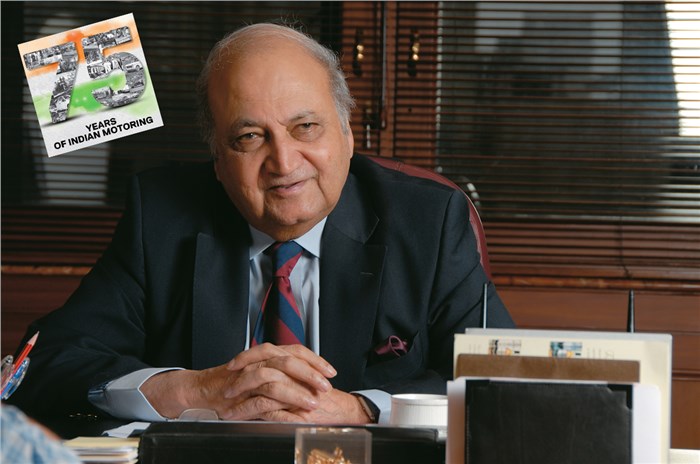

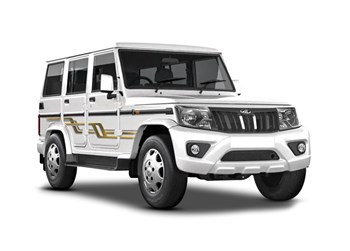
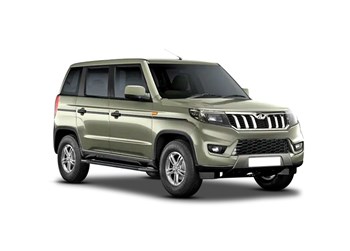
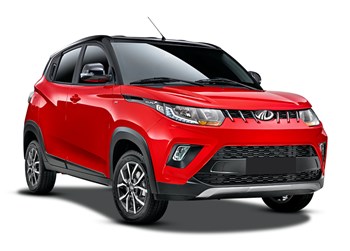
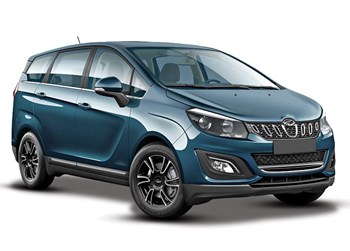
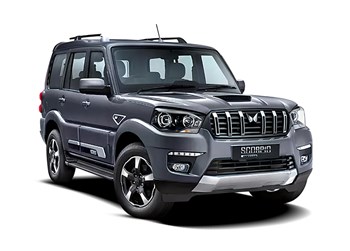

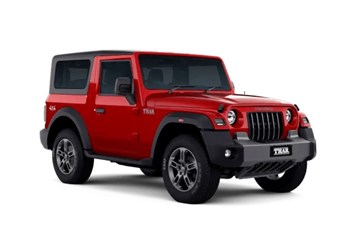
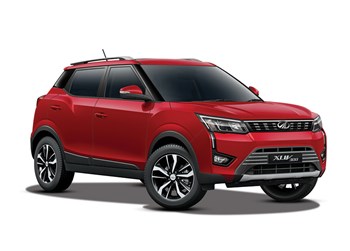
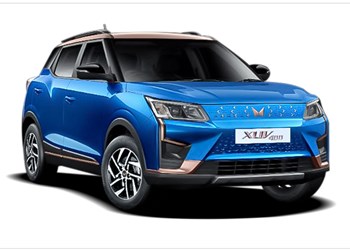
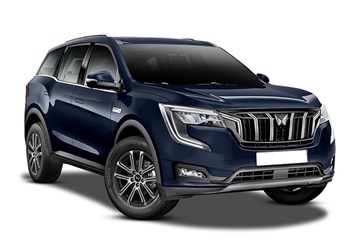
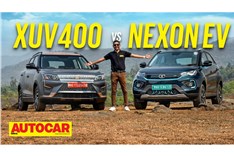
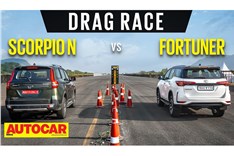
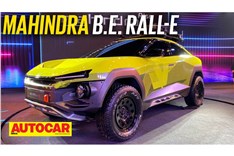

Comments
Member Login
Personal Details
No comments yet. Be the first to comment.